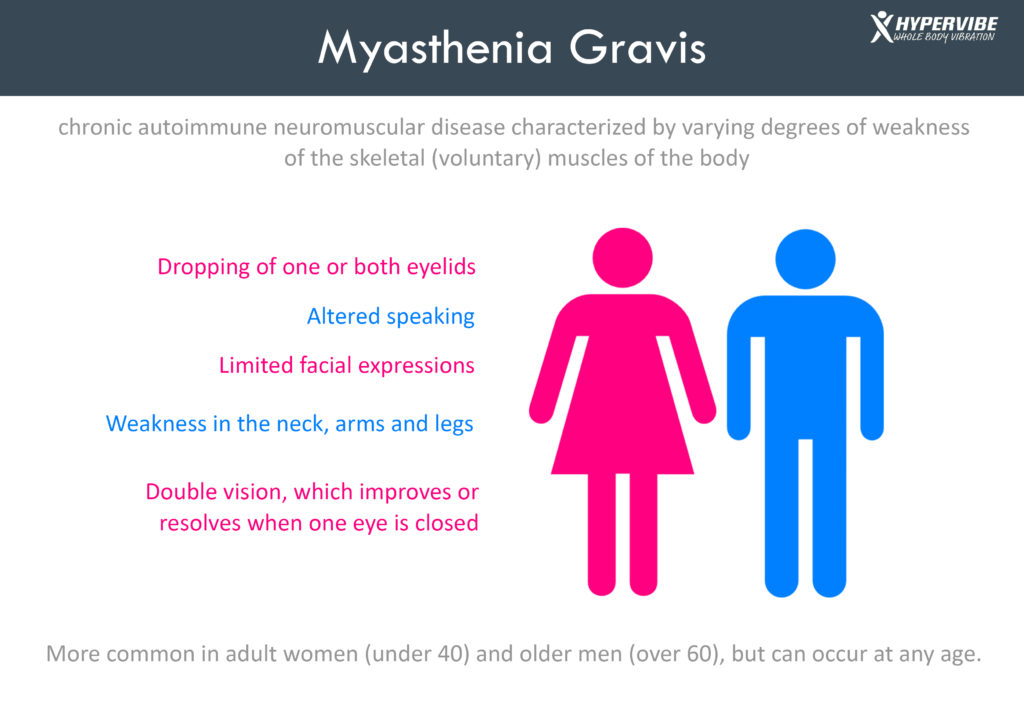
Affecting mostly women aged 40 and younger, and men older than 60, myasthenia gravis is an autoimmune disorder characterized by weakness of voluntary muscles.
Caused by a disruption in the communication between nerves and the muscles they control, this condition manifests through rapid fatigue of the skeletal muscles, as well as through weakness and fatigue of muscles that control the eye movements, of those located in the face and neck area, and of throat muscles.
Although symptoms can vary from one patient to another, there are some common manifestations, and these include the dropping of one or both eyelids, double vision, which usually improves when closing one eye, difficulty swallowing and chewing due to the weakness of throat and face muscles, and altered speaking.
Also common is the loss of control of facial muscles, which results in limited facial expressions, and the weakness of muscles in limbs, which can prevent one from performing daily activities. Fatigue usually improves with rest, and in most patients the symptoms come and go.

This condition is an autoimmune diseases, which means that it is triggered by the body’s own immune system. In normal conditions, in a healthy organism, nerves control the muscle movements by sending messages through neurotransmitters that bind to specific receptors found in the nerve-muscular junctions.
In myasthenia gravis, the immune system produces antibodies that prevent these chemicals from reaching the receptors, or destroy the receptor sites. As a result, the signals sent by the brain to muscles are fewer and this leads to a weaker control of muscle reactions.
It is not known why the body attacks the neuromuscular junctions, but researchers believe that the thymus gland, which is involved in the production of antibodies, might play a role. Located beneath the breastbone, the thymus gland is part of the immune system and in about 15% of myasthenia gravis patients this gland develops benign tumors called thymomas. These aren’t cancerous and can be removed through surgery, leading to an improvement in MG symptoms and curing the ailment in some people.
Even in people who don’t undergo surgical procedures for having the thymus gland removed, the available medications and procedures can help in improving the symptoms and controlling them, leading to the temporary or permanent remission of this ailment. This allows patients to lead normal lives and to discontinue medications. In other sufferers, however, the disorder can only be ameliorated but not completely treated.
Have something to add to this article? Comment below or join our Facebook community and share your thoughts with us!

Updated on: 08.09.2021 The lymphatic system is involved not only...

Stress can make you gain weight – we’ve heard this...

Various theories exist to answer this question. As you will...

Both rebounding and jumping on a trampoline are excellent ways...

Our series of whole body vibration machine exercise articles continues...